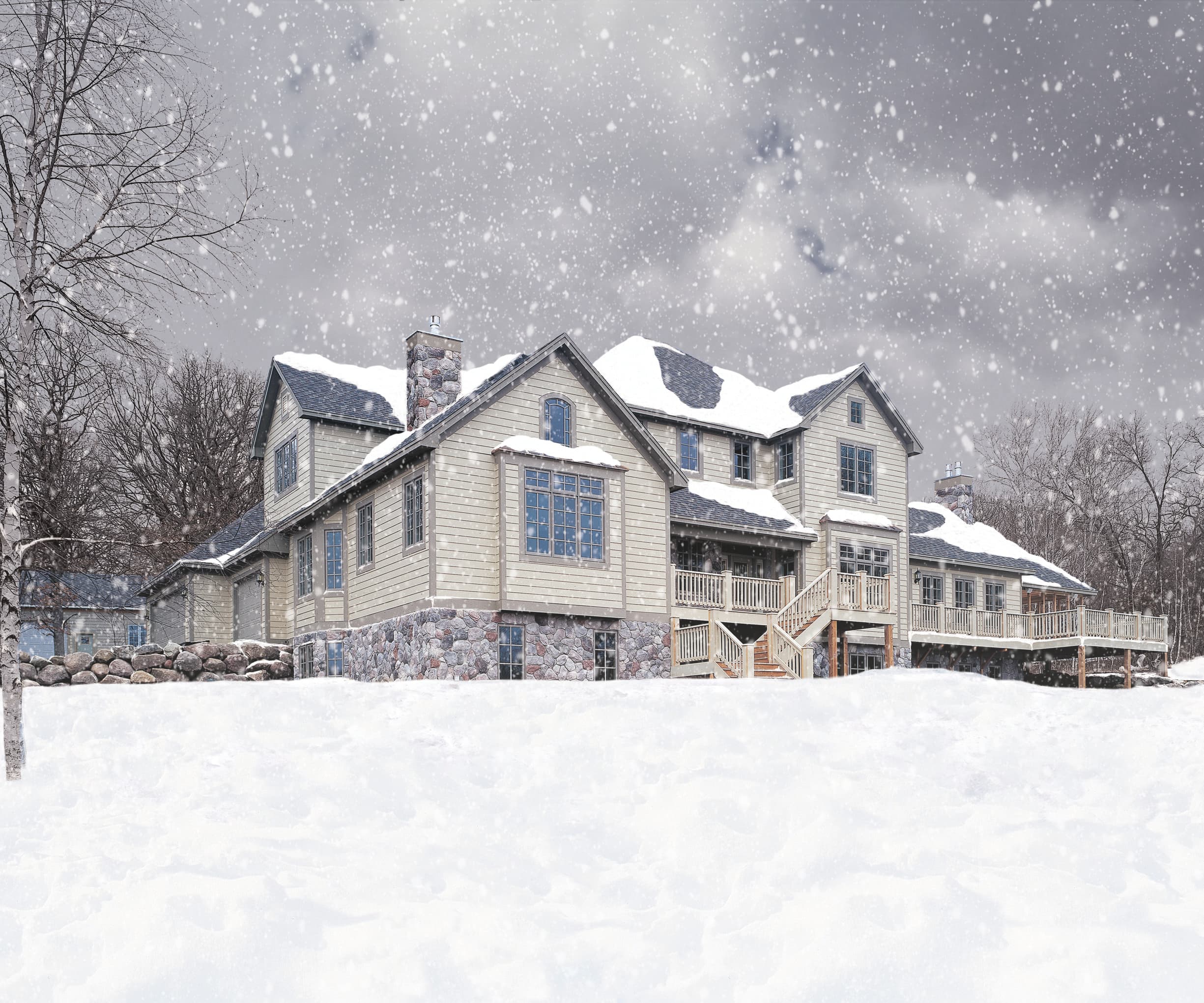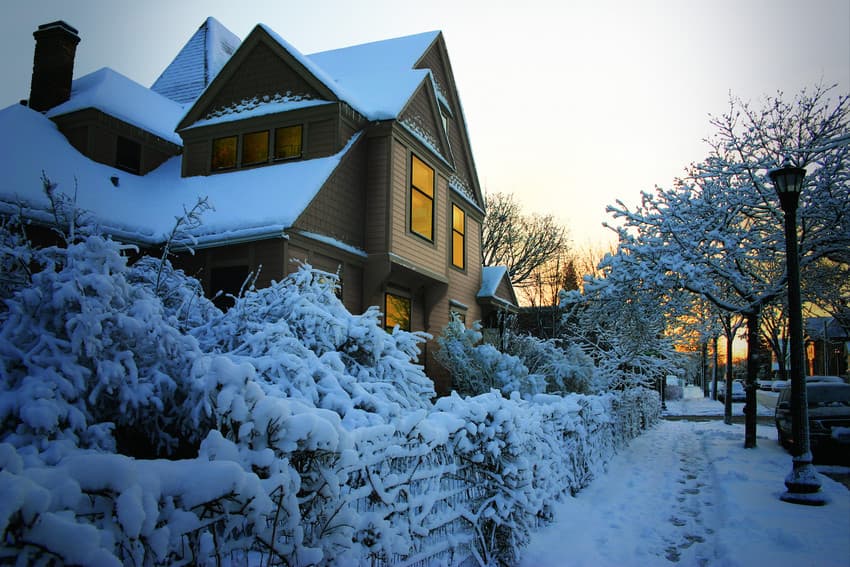How your exterior siding could make your home more weather and climate resistant
Make your home more weather-resistant by choosing durable fiber cement siding that protects against extreme weather events.

Your home battles the elements every day — whether it's a run-of-the-mill thunderstorm, below-freezing temperatures, or a once-in-a-lifetime hurricane. As a homeowner, protecting your home and your loved ones is a top priority.
When it comes to extreme weather events, weather-resistant siding is tremendously important. It provides a practical defense, ensuring your home stays protected and comfortable, no matter what nature throws your way.
In this post, we'll walk you through why choosing an exterior siding that's known for its durability, like Hardie® siding, is essential to protecting your home against everyday weather as well as severe conditions such as flooding, drastic temperatures, and wildfires.*
FLOOD-RESISTANT SIDING: CHOOSE YOUR SHIELD
If you live in an area that's prone to flooding, such as coastal areas, flash flood zones, or low-lying coastal cities, choosing a water-impervious siding can help protect against damage from moisture, chiefly mold and rot. In extreme cases, standing water from flooding can leave harmful pollutants on a home's exterior if the siding material can't be properly cleaned.
Compared to fiber cement siding, wood siding is more likely to be damaged by water or even destroyed by water submersion. FEMA has certified Hardie siding as flood-resistant, meaning that our fiber cement siding is highly resistant to floodwater damage. Other James Hardie exterior solutions, such as Hardie™ Weather Barrier, provide extra protection to prevent water damage, mildew, and energy loss.
HOT OR COLD? SIDING AGAINST EXTREME TEMPERATURES

Temperature extremes, whether freezing cold or sizzling hot, can impact your siding. For instance, when temperatures approach 160–165 degrees Fahrenheit, vinyl siding can start to melt or warp. That doesn't mean the weather app is telling you it's 160 degrees outside — in hot, sunny climates where homes are close together and light reflects off your neighbor's windows or glass doors, exterior siding can quickly reach high temps.
In cold temperatures, vinyl siding can become brittle, prone to cracking or stiffening. If you live in a climate that experiences the extremes of both seasons and install vinyl siding in the winter, it can buckle and expand when temperatures rise in the summer.
A weather-resistant siding material like fiber cement is durable in all temperatures. Hardie products are Engineered for Climate®, which means they resist the cold of extreme winters and protect from the blistering summer sun.
FIRE-READY HOMES: SIDING ESSENTIALS
Unfortunately, wildfires are becoming increasingly frequent and powerful due to climate change. If you live in an area prone to climate risks like wildfires, choosing exterior siding that can resist or even help shield your home from the heat is of the utmost importance. Even apart from wildfire risks, it's important to protect your home from potential house fires that start on your property or spread in your neighborhood.
Siding materials made from wood-based products, vinyl, or other plastics are combustible, which means that they're more likely to ignite and sustain a fire. Even having wood trim on a home can cause extreme damage, as testing at the University of California Fire Research Laboratory shows that wood siding results in more rapid vertical flame spread up exterior walls.

Hardie® fiber cement siding is noncombustible, has been approved for fire-resistance-rated construction, and has a flame spread index of zero. Learn more about how Hardie products stand up to fire in our fire prevention FAQ.
Need to see it to believe it? Watch the full demonstration of how Hardie fiber cement siding stands up to fire compared to engineered wood, cedar, and vinyl.
STAND UP TO NATURE WITH WEATHER-RESISTANT SIDING
Think of your home as a castle — like any good fortress, it needs adequate protection. Weatherproofing your home starts with strengthening your home's exterior defenses, and while you may not need a moat, you do need siding that's made to last.
Whether it's seeing rising water flood your front yard, feeling inescapable heat and humidity this summer, or worrying about the increased risk of widespread wildfires, you can minimize the risk of the elements negatively impacting your home. Hardie fiber cement siding is incredibly durable and designed to resist damage from all kinds of weather events. It has been tested against long-standing damage from UV rays, snowstorms, and shifts in temperature.

If you're ready to take the next step toward protecting your home, request a free copy of our Product Catalog to see the full line of Hardie® products available in your area. We look forward to helping you secure your home!
*Hardie® fiber cement products are noncombustible and/or have a Class A fire rating when tested in accordance with ASTM E84. Fiber cement fire resistance does not extend to applied paints or coatings, which may be damaged or char when exposed to flames. The use of noncombustible siding, combined with other fire mitigation measures, may help harden a home against external fire.